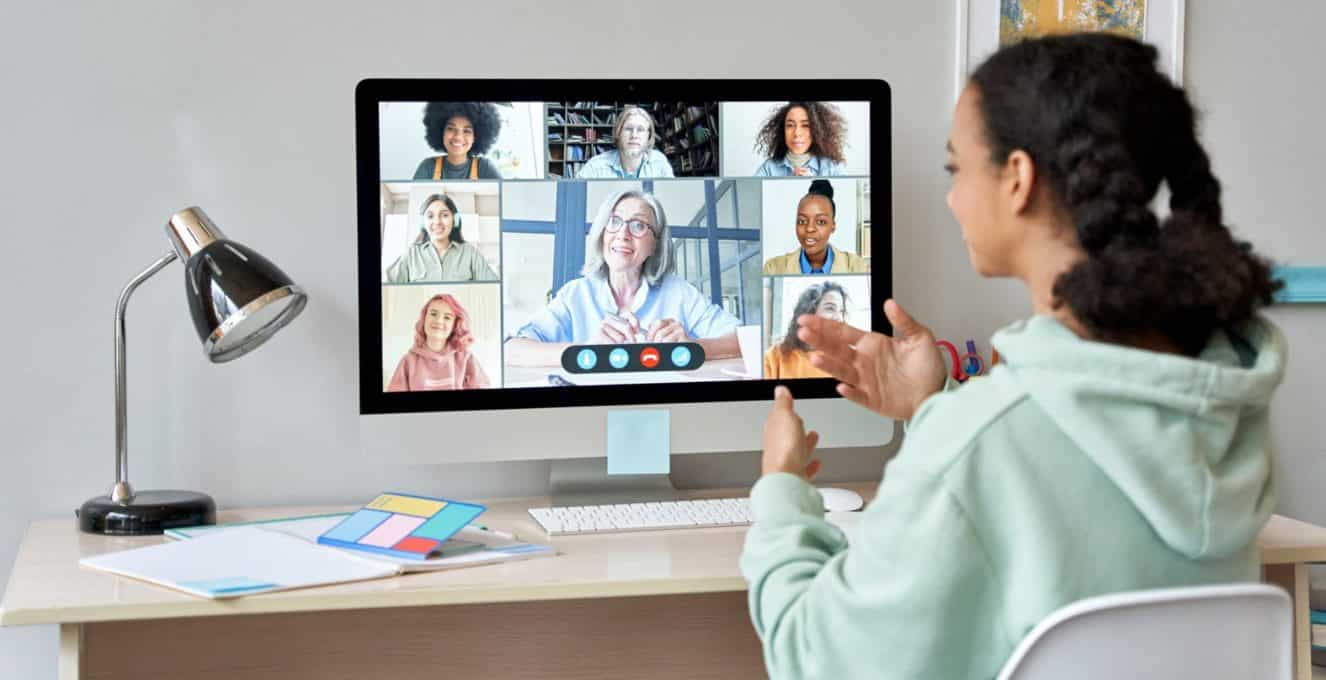This article is based on a discussion originally aired on Al Kingsley’s EdTech Shared podcast, which covers bite sized ideas, advice and best practice on EdTech for educators.
In the episode, which you can listen to here, Rich talks about his dyslexia, how it shaped his experiences at school, and the powers of assistive technology in education.
Getting my dyslexia diagnosis
The inspiration behind Caption.Ed was heavily influenced by my experiences at school. I was a pretty good student: motivated, driven and I usually exceeded expectations. However, when it came to getting good grades in subjects that relied on my writing, I was failing – not for lack of trying. I remember someone said to me “Why is it that you get A’s in all these subjects but are scraping by in the others?”.
Around this time, I was diagnosed with dyslexia. I was fortunate to receive extra learning support for my dyslexia and went from a middle of the road student to achieving top grades, which secured me a spot at medical school. It was pretty tough going – the field of medicine is bombarded with medical jargon. It’s like learning an entirely new language!
Around the beginning of third year, I realised I needed to find a solution. Together with a friend, we designed software that can spellcheck and dictate medical terms. The project was initially very small but, over time, expanded and evolved, with more and more peers becoming interested in the tech. Eventually, with increased funding, the tech took hold within the healthcare sector to support people facing similar challenges, such as myself.
The birth of Caption.Ed
As my interest in tech grew, I started to have lots of conversations about assistive tech with UK universities. They expressed concerns about the need to increase inclusivity and provide captions for students across vast amounts of media. At the time, I realised there were little to no offerings of cross-platform captioning, meaning there was a gap in the market. I decided to take action and move into this blue ocean territory with a mission to create a product that would eliminate barriers and increase accessibility for all. After two years of testing, trialling, and sheer hard work, Caption.Ed was born.
Caption.Ed provides students with the ability to produce live captions on an array of platforms, both in-person and online. From YouTube and Panopto lectures, to video calls on Zoom or even in the classroom – students can generate captions and take live notes alongside their transcripts on any device, any time, anywhere. The captions we provide can also be tailored to be subject-specific. So for students studying Medicine or Law, Caption.Ed has an extensive dictionary of medical and legal terms to improve comprehension and learning.

How the pandemic shaped the landscape of assistive tech
Having launched Caption.Ed in August 2020 – amid the pandemic – the software was extremely popular. It supported many students during a very challenging time. By the time lockdown restrictions had eased, the way of studying had completely evolved: the pandemic had accelerated the shift to hybrid learning and this benefits students in many ways.
As students returned to the classroom, Caption.Ed went with them because the software can be used both online and in-person. We’re trying to give that consistency of experience, whether you’re a student who has disabilities or not. The benefits of assistive technology can be reaped by all.
The future of assistive tech in education
However, while the pandemic has raised awareness and increased uptake of assistive tech, we are still not at a point where, across the board, people with disabilities are on a level playing field. So, we must continue to innovate to break these barriers down. Our mission at CareScribe is to actively listen to these individuals, understand the barriers they face, and develop tech that can help them better access the world.
When it comes to the student community, the Disabled Students Allowance (DSA) provides students with good access to assistive tech and provides funding which is ultimately the key to innovation – a key reason why the UK leads the way in the assistive tech space. That said, large parts of the UK education sector are underfunded or have minimal funding, so this is something that needs to be addressed over time. However, despite the surge in the cost of living, the cost of technology is actually reducing. Hopefully we’ll see that as the price of tech becomes more affordable, more people can have access to brilliant pieces of software. This makes it a very exciting time for Caption.Ed and the world of assistive tech!


